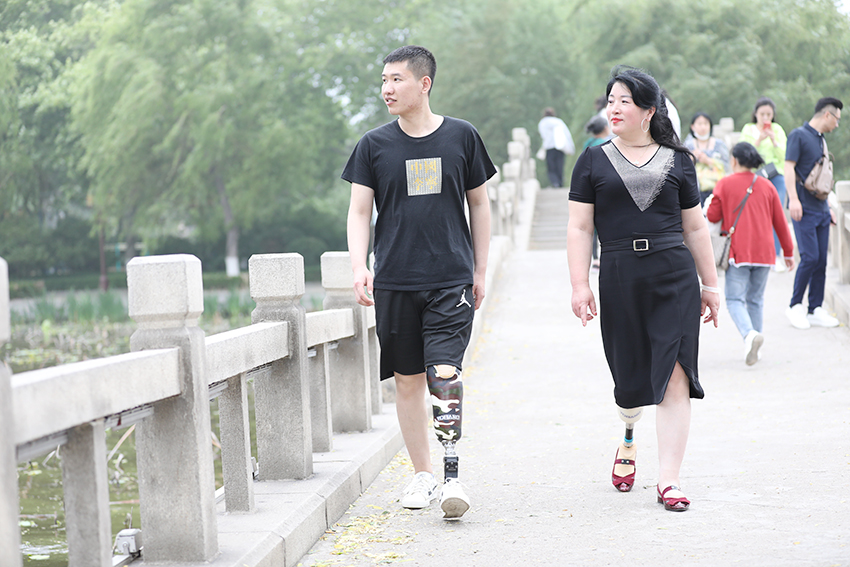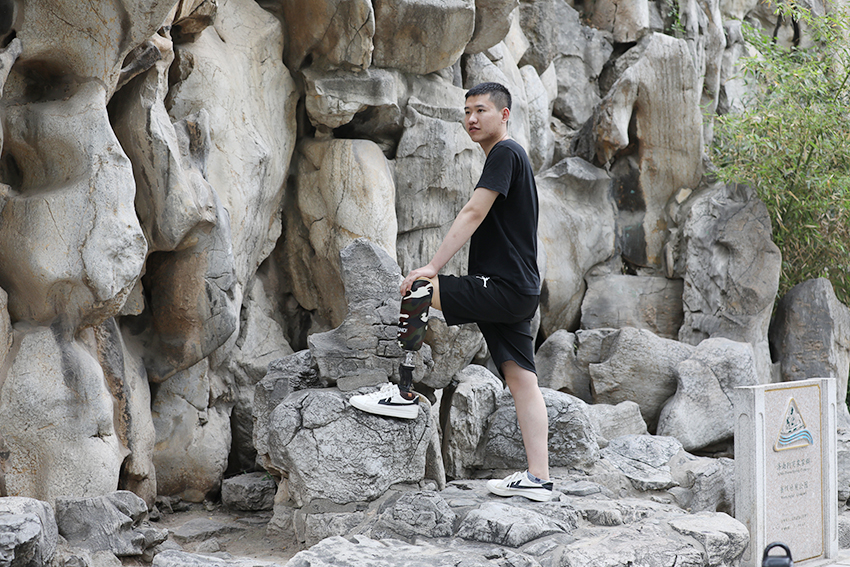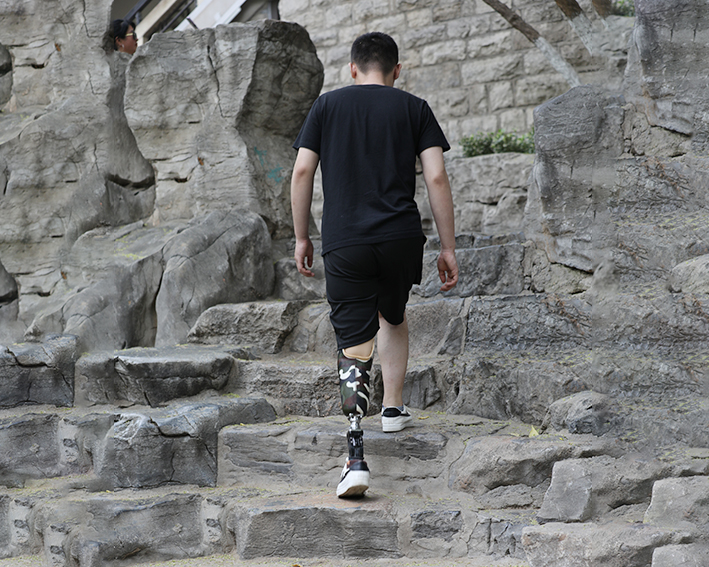News Center |

In recent years, due to traffic accidents, diseases and other reasons, there has been a gradual increase in the number of people with sub-knee amputation, and wearing ankle prosthesis can achieve a large compensation for the loss of human body function. The existing ankle prosthesis is mostly passive, which uses the deformation of the foot itself to meet the rebound force required by the stump, so it is rigid, stiff and poor in flexibility. For climbing up and down stairs, walking up and down slopes basically requires the body swing of the fitter's stump and crotch to provide power, which is difficult to move, resulting in a lot of inconvenience for disabled people in normal life.
At present, although the research direction of leg prosthesis is inclined to intelligent development, the transmission device of intelligent ankle affects the volume, weight and noise of the ankle joint, and more importantly, the price is relatively expensive. As a result, disabled people have to abandon intelligent prosthesis and continue to use passive ankle when choosing prosthesis to wear. In addition, domestic researches mainly focus on the realization of knee prosthesis function, while ankle joint is only used as elastic energy storage structure to assist human walking, and some key technologies need to be developed and improved.

There is a passive hydraulic bionic ankle joint in foreign countries, including: fixed seat, the lower end can be connected with carbon fiber energy storage foot; A hydraulic mechanism, the hydraulic mechanism is pressed on the fixing seat, and the rotating shaft of the hydraulic mechanism is parallel to the coronal shaft; Four-prism table rotating parts, the upper end is connected with the prosthesis receiving cavity, the lower end is connected with the hydraulic mechanism of the rotating shaft, the four-prism table rotating parts around the hydraulic mechanism of the rotating shaft before and after the rotation swing; The backflexural damping reset adjusting mechanism and the plantar-flexural damping reset adjusting mechanism jointly form the reset mechanism of the four-prism platform rotating part, so that the four-prism platform rotating part is kept in a horizontal position in a static state.

The passive hydraulic bionic ankle joint relates to a passive hydraulic bionic ankle joint, which comprises a fixing seat, a hydraulic mechanism, a four-ribbed table rotating member, a backflexion damping reset adjusting mechanism and a plantar-flexion damping reset adjusting mechanism; The hydraulic mechanism is pressed on the fixed seat, and the upper end of the four-prism rotating piece is provided with a standard connector used to connect with the prosthesis receiving cavity, and the lower end is connected with the rotating shaft of the hydraulic mechanism; The dorsiflexion and plantar flexion damping reset adjusting mechanisms include damping holes, damping parts, elastic parts and regulating valves, which are used to control dorsiflexion motion and plantar motion of ankle joint respectively. The backflexural damping reset adjusting mechanism and the plantar-flexural damping reset adjusting mechanism form the reset mechanism of the four-prismatic rotating parts, which keeps the four-prismatic rotating parts in the horizontal position when at rest. The passive hydraulic bionic ankle can increase the movement buffer of the stump, protect the stump from secondary injury, and provide partial power for the disabled during walking, saving physical strength.
Copyright © 2015 USA-YOBAND. All Rights Reserved 沪ICP备09003269号